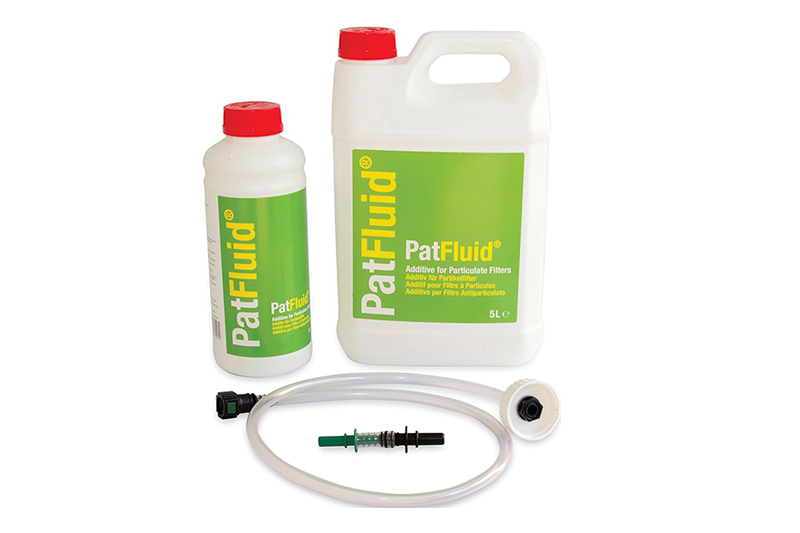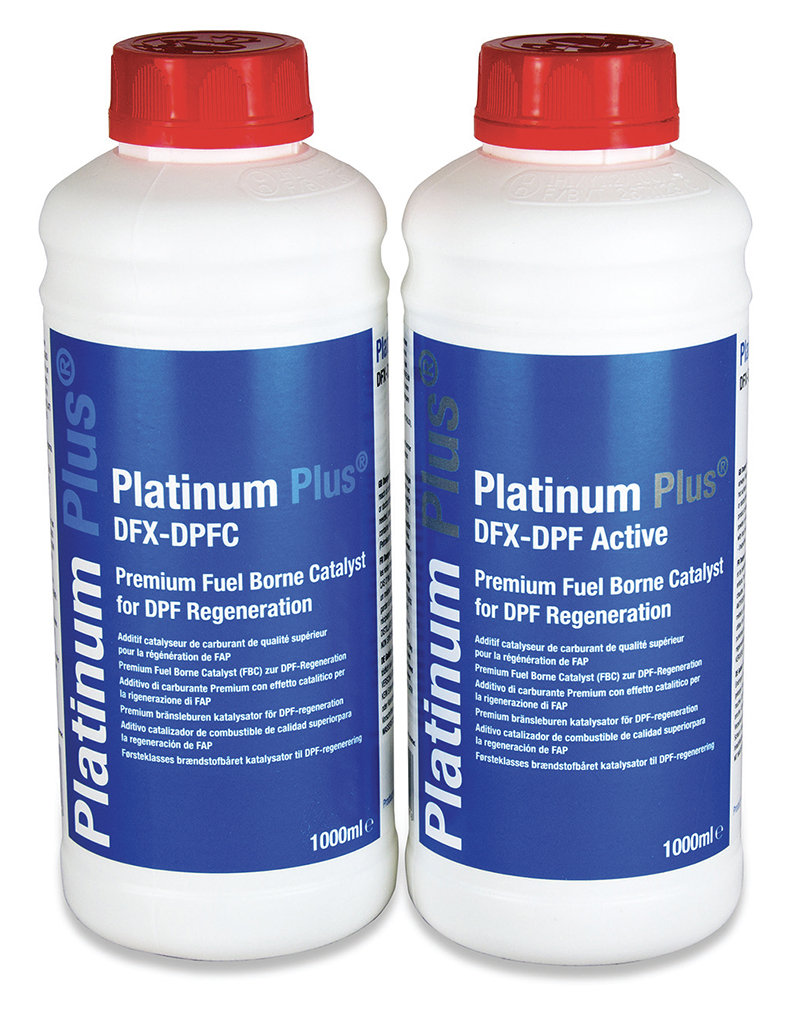
Toby Brampton, General Manager, CDTI UK, discusses what fuel borne catalysts for DPF regeneration are available to the aftermarket.
22 years ago PSA launched the first Diesel Particulate Filter-equipped European diesel passenger car, nine years before it was legally required with the introduction of Euro 5 emissions standards in 2009. During those nine years, many other vehicle manufacturers followed PSA’s lead and sold vehicles equipped with DPFs before they were legally required.
While most in the industry, and some of the general public, are familiar with DPFs, many will likely not have heard of the use of fuel additives, specifically Fuel Borne Catalysts, as an integral part of the DPF system on some DPF-equipped diesel vehicles. For passenger cars this type of system was pioneered by PSA in 2000 but has been used by other passenger car manufacturers and by manufacturers of DPF retrofit systems for heavy duty diesel vehicles.
Improving DPF regeneration
A Fuel Borne Catalyst is as simple as the name suggests, it is a catalyst that is added into a fuel. While they can have various uses, one of the most common in the last two decades has been to improve the regeneration of DPFs, due to their ability to catalyse the collected soot and allow it to be burnt off at a lower temperature.
The most common materials used for this purpose are cerium and iron, either as fuel dispersible or soluble nanoparticles or organometallic forms dissolved into hydrocarbon solvents.
Many may be aware of the technology, but by commonly used product names such as “DPF Cleaner”, “DPF Regenerator” or simply DPF additives. Such products have been sold for over a decade to garages and consumers to reduce the risk of DPF blockage or to help initiate a regeneration when there is concern of an imminent blockage. These products are also Fuel Borne Catalysts like the on-board additives; the difference is in the concentration of the catalyst material. While a 500ml bottle of DPF Cleaner may treat one single tank of diesel fuel, a litre of on-board additive will treat thousands of litres of diesel and be dosed accordingly into the diesel over time.
Around the time PSA were introducing their first DPF equipped vehicles, we at CDTi had developed our own platinum and cerium-based Fuel Borne Catalyst known as Platinum Plus, with use by truck and bus fleets in the US and Europe along with DPF retrofit systems. We weren’t the only ones, other FBC and DPF retrofit system manufacturers had also partnered to offer FBC-based systems.
Common components
All these systems have the same common components across both retrofit and OEM: a tank/reservoir separate from the diesel tank to store the FBC, one or more pumps to inject it from the FBC tank into the main diesel tank, and an ECU to control the correct dosing of the additive. Retrofit FBC tanks are generally fairly simple, whereas the automotive OEMs went for a more complex tank system that required connectors and hose to refill, a kind of transfer or filling kit to get the additive from the bottle into the tank. In both cases the vehicle operator is alerted to the reservoir being low by a warning appearing on the vehicles dash.
Some years after the introduction of the additive system, PSA opted to fit a type of additive bag instead of a tank on some vehicles, meaning a kit was no long needed to refill the additive from a bottle when it ran low, the bag could simply be clipped off the pump and removed from its housing, and a new one clipped in its place. This should be far easier for the technician and a much quicker job. With the case of the factory fit systems there is the need to interface with the ECU and tell it that the additive has been replenished, while retrofit systems generally use a simple system that resets automatically.
Cutting out emissions
In the gap between the 2008 and 2012, London Low Emission Zones for which we supplied retrofit DPF systems and Platinum Plus FBC we saw a need in the aftermarket for a replacement to the FBC additives used by PSA and other OEMs. In late 2009 we launched PatFluid, our universal replacement and in the thirteen years since various other competitor products have been launched on the aftermarket. Some of these are simply the original PSA products rebranded for the aftermarket, but some like PatFluid are unique products for the use of replacing the originals. PSA have four generations of FBC product, with each iteration we have tested our product to ensure compatibility and to ensure it has suitable total catalyst content to be dependable as a replacement, with an equivalent level to the most recent original generations.

The aftermarket offerings range quite dramatically, from universal products to specific products for each generation, from rebranded original product to truly aftermarket product, and then a range of different quality options. From our own review at an independent lab, we have found many competitor products with far less catalyst content than either our own or the original PSA products, a number of products had less than 50 per cent of the material, but some were as low as 90 per cent less. This will no doubt mean lower performance than was originally intended and possibly DPF blockages or other issues. In recent years some market players have launched their own replacement bag products so the aftermarket has options for replacing the additive bag version without having to refill them with a kit, in the new year we will also offer our own range of CDTi PatFluid bags to replace the originals.
The number of offerings of DPF Cleaner products to the aftermarket is now vast, with nearly every additive brand in Europe, and some DPF/emissions companies offering one or even multiple DPF Cleaner/DPF Regenerator type products. Likewise in this segment there is a range of quality on offer, with different catalysts in use and low and high content products. However, for this segment the risk of lower quality products is far less than with the on-board additive system, where the FBC is an integral part of the system.
As it stands, then, the aftermarket and vehicle market more broadly has many options for replacing on-board DPF additives and additive bags, and options for manually dosed DPF Cleaner type products for when there is concern over DPF blocking or for constant deployment by vehicle fleets to reduce costs, however with so much choice it is more important than ever to ensure a product can be trusted and comes from a manufacturer that understands the technology, offering products with the required performance and no negative side effects.









